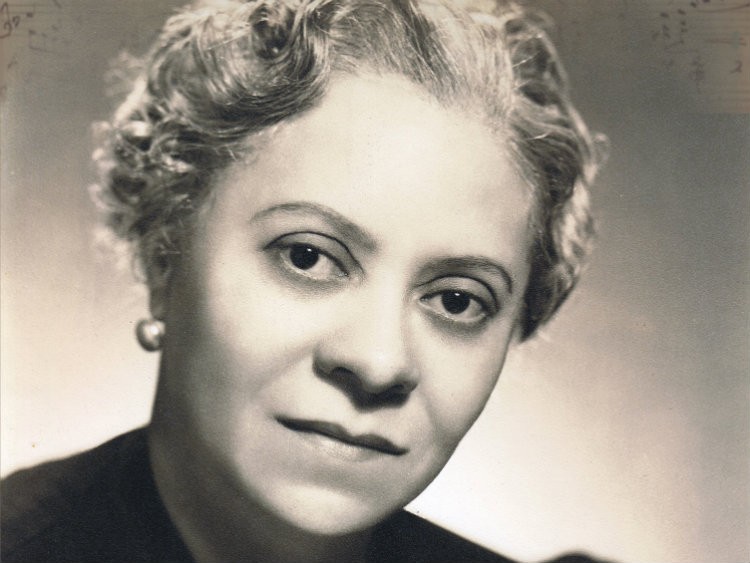

A recent home remodel project in rural Illinois would have made for a great episode on HGTV.
The house was a wreck. It hadn’t been occupied for years. The house had been raided and anything of value had been taken -- except for what just might have been the most valuable thing in the house. The vandals never touched the sheets of printed music strewn across the floor.
“As you can imagine they were in a hurry,” says violinist and University of Arkansas professor Er-Gene Kahng, who became a lucky recipient of that sheet music. “Took the piano, possibly other things of value, but not sheets of paper.”
That sheet music scattered across the floor of what we now know was once a composer’s home were two lost violin concertos by Florence Price -- our nation’s first major female African American composer.
If you’ve never heard of Florence Price, you’re not alone. Being a black woman composing in the early 20th century almost assured her music would be overlooked.
Price was born in Little Rock in 1887 to a biracial couple and grew up in a musically rich home. At 14, she enrolled in Boston’s New England Conservatory of Music, where she graduated with honors.
Price’s big break came in 1932 when she entered a composition into a competition. Price won, and the Chicago Symphony ultimately performed her winning entry, Symphony No. 1.
The Chicago Symphony went on to perform another of her pieces: Concerto in One Movement, with Price as the piano soloist.
But then, Price’s career stalled. After those big debuts, she wrote to one of the great champions of contemporary composers in that era, conductor Serge Koussevitzky. Er-Gene Kahng says Price acknowledged her “two handicaps” -- her race and gender -- in the letter but asked the conductor to review her music. Koussevitzky never wrote back.
Price kept writing music despite the discrimination she encountered. She composed some music under the male pen name Forrest Wood.
But Price didn’t have to use a pen name was when she wrote songs for her friend, the great contralto Marian Anderson. Anderson sang Price’s song “My Soul’s Been Anchored By The Lord” at her famous Lincoln Memorial Concert on Easter Sunday 1939, when she performed in front of 75,000 people.
But thanks to the sheet music discovered in that old house in Illinois, the world is about to hear much more of Price’s music. Kahng recently recorded the violin concertos found among that sheet music. They represent two of an estimated 300 to 400 newly discovered Price compositions, now housed at the University of Arkansas.
Kahng says it’s an exciting time for Price’s admirers. The violinist hopes the violin concertos and Price's other compositions ultimately become a part of mainstream classical music -- played alongside composers like Brahms and Beethoven.
“We’ve now entered the euphoria of discovery,” Kahng said. “But now perhaps it’s time to saturate the conversation. Saturate the system and talk about her even more.”
If these discoveries and conversations continue, that sheet music recovered from the floor of that dilapidated house will have even more to reveal about an extraordinary, yet overlooked, American composer.









